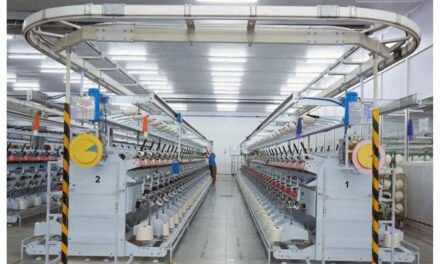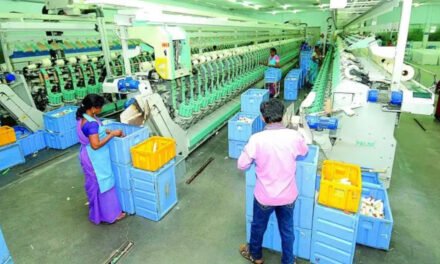
Union Minister Pabitra Margherita recently stressed the need to strengthen the sericulture sector in the northeast region and engage more local communities in silk farming. Margherita, the Minister of State for textiles, emphasised the role of the Central Muga Eri Research and Training Institute in Assam’s Jorhat in promoting Muga silk, a Geographical Indication-tagged product, and its significance to the cultural identity of the Northeastern State.
The Minister was speaking at the silver jubilee event of CMER&TI, Central Silk Board, at Lahdoigarh in Jorhat, an official release said. Highlighting the need to strengthen sericulture in the northeast to boost production and engage local communities, he advocated engagement of more field assistants to raise awareness and motivate residents.
He also stressed developing Muga and Eri cluster-based villages and engaging youth in Eri culture to revitalise the industry and called for establishing advanced laboratories and introducing crop insurance to safeguard stakeholders. Margherita suggested exploring the National Livelihood Mission for support for enhancing mulberry production in Assam and ensuring the protection of indigenous weavers.
A special documentary showcasing the institute’s 25-year journey and its research achievements was released, alongside a souvenir titled ‘25 Years of Excellence’, a special commemorative postal stamp and a book ‘Golden Threads: A Guide to Muga Post Cocoon Technology’.
A commercial loose-egg production technology in Eri-culture was launched, aimed at empowering seri-entrepreneurs and promoting sustainable Eri silk production across India, the release said.
Around 1,09,296 hectares of land in the northeast region is dedicated to sericulture, involving 12,491 villages and 3,99,789 farmers. Assam, Meghalaya, Arunachal Pradesh, Manipur, Mizoram and Nagaland are the key states involved in Muga, Eri, and Mulberry sericulture.





















